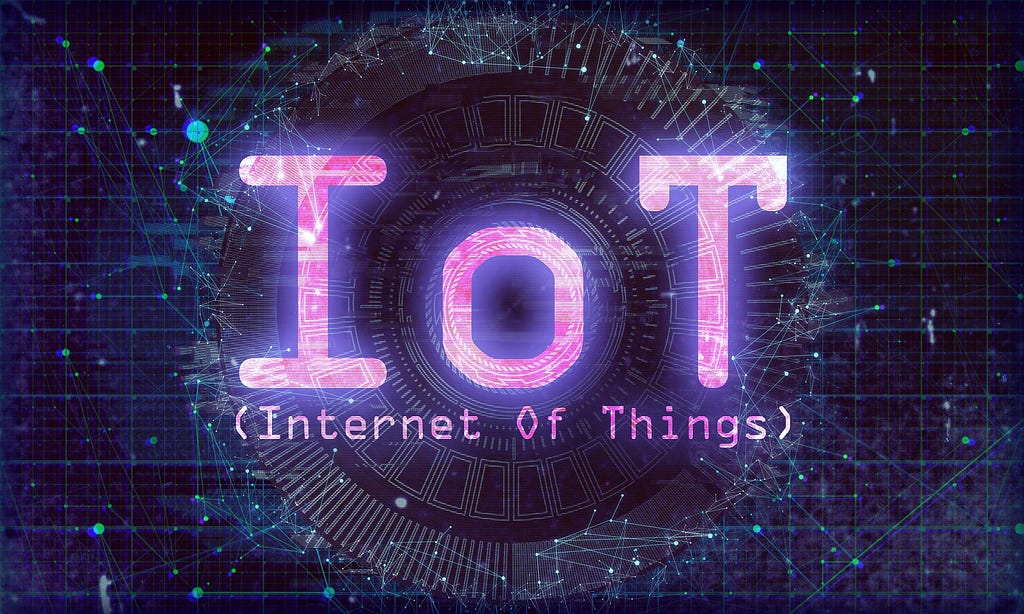Latest news about Bitcoin and all cryptocurrencies. Your daily crypto news habit.
Are you wondering how IoT development services and edge computing could be beneficial in your life or business? Learn more about how IoT services work in this guide.
It started with smartphones. Now, everyday devices such as cars, lights, TVs, phones, etc. are being made smart via connecting them through networks and the internet. There even IoT services like VIA Smart Access Control System that helps a lot of customers to solve the fake id problem.
What is the Internet of Things?
IoT (Internet of Things) is the connection of computer technology infused with modern devices. This gives the devices the ability to connect to the internet, send and receive data.
The Growth of Edge and Fog Computing in IoT
As IoT has continued to develop within the tech industry, edge and fog computing can be used interchangeably.
With the opportunities and challenges on the unstructured data front in mind it’s important to look at evolutions of edge computing, usually in more applications where data analytics closer to the point of origins, become more important as data volumes begin to rise.
Also, everything is moved to the edge, networks become smarter and the resources need to be allocated. This avoids the constant sending back and forth of data sets.
The rise of edge computing in IoT (and industrial IoT) is one of the main evolutions for IoT in 2018 and the years afterward.
- Gartner expects that by 2022, 50% of enterprises created data will be processed and created on a centralized loud or data center, including more IoT data in the process. (edge computing goes beyond IoT)
- According to IDC, investing in edge infrastructure will take up 18% of the IoT infrastructure by 2020.
- The main drivers of growth amongst edge computing are the growing scale of projects, an increase of IoT devices, the resulting pressure on resources such as bandwidth and networks, and perhaps the most important, the need for quick data analysis across multiple IoT use cases.
Edge Computing and IoT in 2019 and Beyond
With real-time information being a competitive differentiator, it’s clear that the increasing data deluge where the IoT and sensor data parts, traditional methods won’t fit anymore as we can see:
There are even industries and applications where, on the level of sending data, traditional networks can’t be used, for instance, because of their costs it takes to send all of the data through satellite communications.
So for a mixture of reasons (costs, bandwidth, automation, maintenance, speed, remoteness, predictive analysis, etc.), you’ll need a smart approach than the traditional methods such as gathering data, sending them through networks to the cloud and other environments where they can be leveraged and processed.
That’s where IoT development services step in. If all of your data is created at the edge within IoT, then why not bring your analysis and intelligence as close to the source, as possible, with all of its associated benefits. And this is where the promised forecasts in IoT and edge computing come in.
What’s the Future of IoT Development Services?
As our technology begins to grow, so does IoT’s usage in our daily lives. We’ll start to see more IoT connected devices, faster data connectivity, and better solutions to our problems. We’re excited to see how these services will help our society in the future.
IoT Development and Edge Computing: Why Do We Need It? was originally published in Hacker Noon on Medium, where people are continuing the conversation by highlighting and responding to this story.
Disclaimer
The views and opinions expressed in this article are solely those of the authors and do not reflect the views of Bitcoin Insider. Every investment and trading move involves risk - this is especially true for cryptocurrencies given their volatility. We strongly advise our readers to conduct their own research when making a decision.
